
Where’s the best place to swim and scuba dive with sea horses
If you want to know where you can swim with seahorses, you’re like me as I love seahorses and think they’re great little creatures. They tend to live on coral reefs, sea grass beds, estuaries and in mangroves. But they are not always easy to spot unless you’re looking for them.
The best places to swim and dive with seahorses:
- Barbados: At the Cement Works dive site.
- Raja Ampat, Indonesia: For pygmy seahorses.
- Studland, Dorset England: Spiny seahorses.
The best way to do more diving is to book yourself on a scuba diving liveaboard. You can check the latest and best deals on liveaboards using the following window:
Below is a video of a pigmy seahorse for you to see how long it take you to spot it!
Where do seahorses live and where do you find them?
Seahorses are mainly found in shallow seas where the waters are either tropical or temperate. They can be found throughout the world, from the UK to the Caribbean and from the Red Sea to Australia. As a general rule, seahorses are found south of Canada and north of Tasmania, Australia.
There are 54 known species of seahorse (Hippocampus) around the world.
- Two of these species of seahorse live off the coasts of the UK.
- Four species of seahorse can be found in Pacific waters from North America to South America.
- Three species of seahorse live in the Mediterranean.

Diving with seahorse in Barbados – The Cement Works
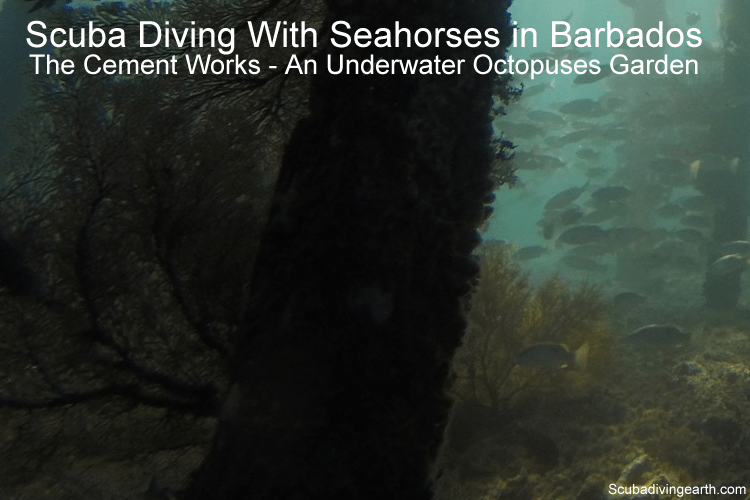
One of my favourite dive sites for seahorses is the Cement Works in Barbados. Whilst the name of the dive site doesn’t sound enticing, I guarantee that if you like to scuba dive with seahorses, this is the dive to do.
The Cement Works is not the prettiest of sites from above the water, but this is not an indication of what lies beneath the surface.
The Cement Works in Barbados is at a depth of between 6-10 metres (20-33 feet). It’s an easy dive and one that beginners scuba divers can enjoy too.
It’s like an octopuses garden where the sea-life is vibrant and abundant.
The Cement Works is on the edge of the northwest coast of Barbados. The dive site consists of large steel pillars that go down into the sand. These pillars or piles have created a safe haven for fish and other sea creatures to live.
It’s simply an amazing dive site where you’ll not only see seahorses.
Barbados cement works sea creatures:
- Seahorses (my biggest count of seahorses on one dive was over 30 seahorses).
- Octopuses.
- Moray eels.
- Lobsters (in abundance). See the video below and you see what I mean!
- Turtles.
- An abundance of numerous species of coral reef fish.
- Flat fish.
- Trumpet fish.
- Lion fish (although these critters are not supposed to be in the Caribbean!).
I love this dive and I ask to do it every time I scuba dive in Barbados. It’s the perfect second dive, as it’s so shallow. There are always (almost guaranteed) seahorses on this dive site. I’ve probably dived it 5-6 times now, and each time I’ve seen at least one seahorse.
The other great thing about this dive site is because it’s so shallow your air will last forever. That means you usually get to dive for around 60 minutes or more, depending on how well you conserve your air.
Video of the Cement Works Dive in Barbados:
Take a look at this short video of the Cement Works dive site. In particular, pay attention to the huge lobster family under the large metal plate.
Lionfish, Seahorse, Lobster, Filefish, Trumpet Fish, French Grunt, Turtle, Iain…
The best places to dive with pygmy seahorses
If you’re interested to dive with the pygmy seahorse (Hippocampus Zosterae), then you may need to venture to Indonesia or West Papua.
One of the best places in the world to scuba dive with pygmy seahorses is Raja Ampat in West Papua, which is off New Guinea, in Indonesia‘s West Papua province.
The other place you might be lucky to spot pygmy seahorses is at Wakatobi Dive Resort, Indonesia.
List of places where seahorses can be found around the world:
- Cozumel, Mexico in the Caribbean sea.
- Puerto Galera, Philippines.
- Gato Island, close to Malapascua in the Phillipines
- Mussandam, off the coast of the UAE/Oman.
- Mabul in Borneo, Malaysia.
- Ko Ha, Thailand.
- Gozo, Malta in the Mediterranean Sea.
- Pygmy seahorses in Bunaken & Lembeh Straits, Indonesia.
- Bonaire.
- Galapagos Islands.
- Fiji.
- Port Phillip Bay and Sorrento based piers, Melbourne, Australia.
- Studland Bay, Dorset England (UK).
- Oosterschelde, Netherlands.
- The Cements Works, Barbados.
Studland bay, Dorset England seahorses
Studland Bay in Dorset is where you can swim with rare British seahorses. This site is ranked as one of Britain’s top snorkelling sites. Your best chance to swim with Studland seahorses between May and September, but the closer to September the warmer the waters.
Also be aware Studland Bay is a Marine Conservation Zone. It is located on the south coast of Dorset in the eastern English Channel. The conservation zone encompasses Studland Bay and stretches from the edge of Shell Bay in the north to Old Harry Rocks in the south.
This pair of seahorses were discovered by Seahorse Trust divers in June. Amongst the first seahorses on site for 2 years
How to spot a seahorse
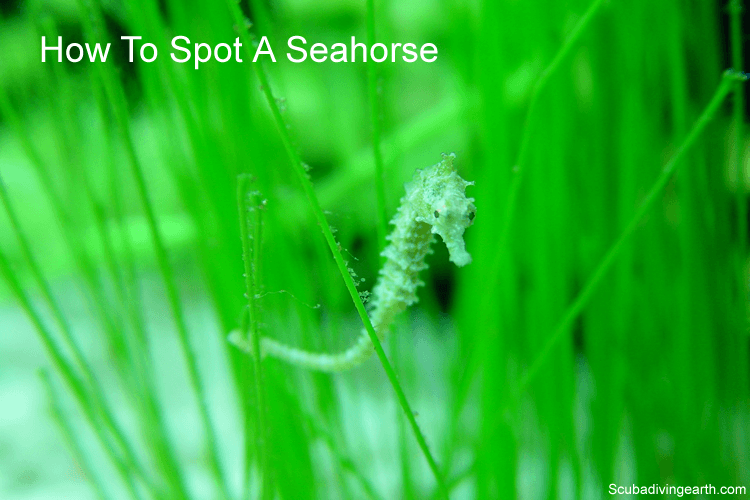
The best way to spot a seahorse is by swimming very slowly. Seahorses are extremely well camouflaged, which means they are extremely difficult to see.
Of course it helps to be swimming or scuba diving in a place where you’re likely to see seahorses in the first place. But assuming that you are diving in a place like the Cement Works in Barbados, then take things carefully and slowly.
For example, on the same dive that I shared with several others, I saw over 30 seahorses, whereas the others saw just one or two. It helped that I was there specifically for the seahorses and I was on the lookout for them. But it was also helped by the fact that I knew what to look for.
Usually, you’ll find seahorses holding on to sea grass or a coral frond with its tail. They are extremely easy to miss, but once your ‘eye is in,’ you spot them very easily.
For a bit of fun, see if you can spot the seahorse in the video below:
Once you’ve spotted it you’ll wonder how it didn’t catch your eye to begin with. Can you spot the seahorse hidden in this underwater scene. The creature in the picture is a pygmy seahorse, the smallest species of the critters in the world.
How long did it take you to spot the pygmy seahorse? Did you spot it before the video highlights the seahorse? Please comment below how long it took you if you couldn’t see it.
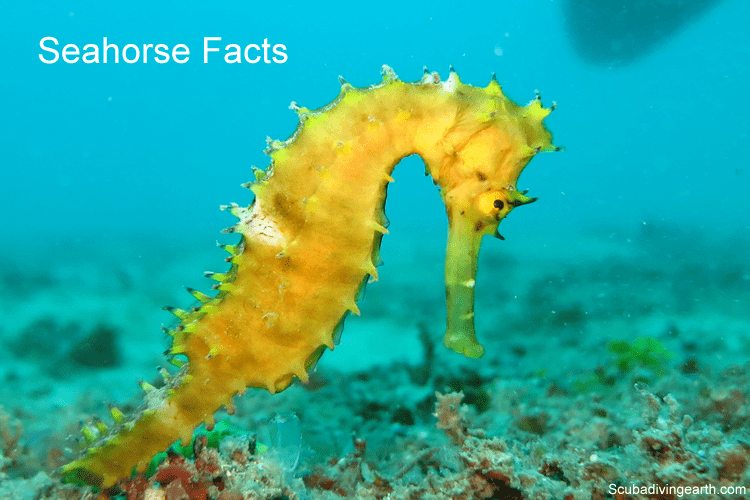
Seahorse facts and information
Here are a few interesting facts and information about seahorses:
Fact #1: Is a seahorse a fish or a mammal?
Many don’t actually realise it but seahorses are fish. Like all fish they have gills which is how they breath and they live in water. Also, as like all fish they have a swim bladder to control their depth.
Fact #2: Is the Seahorse a vertebrate?
Seahorses have a backbone which makes then vertebrate animals.
Fact #3: Can seahorses swim?
Yes seahorses can swim, but they don’t swim like most fish. They tend to maneuver themselves through the water using their fins. In fact, seahorses propel themselves by using a small fin on their back, which flutters upto 35 times per second.
Seahorses use smaller pectoral fins for steering, which are located near the back of the head.
Unlike other fish, seahorse tend to swim vertically rather than horizontally. But seahorses seem to avoid swimming as much as possible. Instead of searching for food they wrap their tails around sea fans or grasses. They wait for food to be carried to them by currents.
Fact #4: Do seahorses have teeth?
Seahorses don’t have any teeth, which means they swallow all that they eat whole.
Seahorses don’t have stomachs either, which means their food passes through their digestive system very quickly. This also means that they have to eat almost constantly in order to stay alive.
Fact #5: What do seahorses eat?
Seahorses eat brine shrimp, Mysid shrimp and zooplankton. It’s estimated they eat around 3,000 brine shrimp and other small creatures everyday.
Fact #6: How does a sea horse mate?
Seahorses mate by the female inserting her ovipositor into the male’s brood pouch. The brood pouch is an external structure that grows on the body of the male, which is similar to the pouch on kangaroos.
The eggs are deposited by the female unfertilised into the pouch. It’s only then that the male releases sperm into the pouch to fertilise the eggs.
Fact #7: Who bears the young for a seahorse?
Seahorses are one of only very few animals where the male of the species carries the young. The female deposits the eggs into a brood pouch in the male seahorse, where he fertilises them. The eggs remain inside the male seahorse until they hatch.
The number of young released by the male seahorse averages between 100 to 1,000 for most species. But in the smaller species of seahorse, like the pygmy seahorse, the number of young released can be as few as five. Whereas in some of the larger seahorses, it can be as high as 2,500.
The eggs take on average about 21 days to incubate. But the incubation period ranges between 9 to 45 days, depending on the species.
Why does the male seahorse carry the baby?
One theory behind why male seahorses carry the babies is that this gives the species the ability to create more young quickly. Whilst the eggs are developing inside the male seahorse the female is able to make more eggs.
Fact #8: Do seahorses die after they give birth?
The male seahorse doesn’t die after they’ve given birth. But they are ready almost immediately to take more eggs from the female for incubation once more.
When the young seahorses are ready to be born the male expels them with muscular contractions from their brood pouch.
Baby seahorses have a very low survival rate. It’s estimated that less than 0.5% of infant seahorses survive to adulthood.
The male seahorse typically gives birth at night. This means he’ll be ready in the morning at first light for the next batch of eggs. Like almost all other fish species seahorses do not nurture their young after birth.
Fact #9: Do seahorses eat their own babies?
Seahorses don’t deliberately eat their own young, but this could happen by accident. Usually when seahorses are born the currents carry the young away from the male, which means there’s very little chance they’d be eaten by an adult seahorse.
Fact #10: What predators hunt seahorses?
The seahorse doesn’t have many predators due to their bony make-up. But predators that will eat them include crabs, skate, birds, sea turtles and rays. Humans also predate on seahorses as they are harvested to be used in medicine.
Fact #11: Are seahorses poisonous?
None of the known species of seahorse are poisonous.
Fact #12: Do Seahorses have a gender?
Yes seahorses have a male and a female of the species.
Fact #13: How long does a sea horse live for?
Larger seahorses are thought to live for 4-7 years. Whereas the smaller pygmy seahorses are thought to only live for between 18 months and two years.
Fact #14: What is the largest and smallest seahorse?
- The largest seahorse is the Giant Pacific Seahorse which can grow to around 36 centimetres (14 inches) in length.
- The smallest seahorses are the pygmy seahorse which are about the size of an ant so very difficult to spot.
I hope you enjoyed this article about where can you swim with seahorses
I’d love to hear from you. Tell us about your adventures of diving and snorkeling, in the comments below. Please also share your photos. Either from your underwater cameras or videos from your waterproof Gopro’s!
If this article hasn’t answered all of your questions. If you have more questions either about snorkeling or scuba diving (or specifically about where can you swim with seahorses), please comment below with your questions. Please share your seahorse story and the best place in the world you’ve found to scuba dive, snorkel or swim with them.
There will also be many more articles about scuba diving (and snorkeling) for you to read and learn about these fabulous sports.
Have fun and be safe!


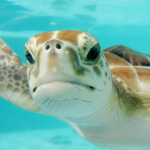

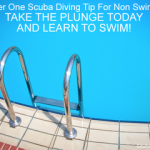

Great article thank you !
Hi Micheil, thank you, I really appreciate your comment and nice to know my work is appreciated.